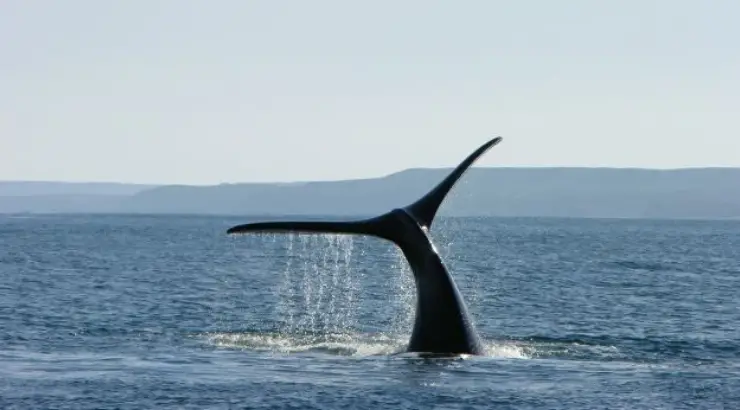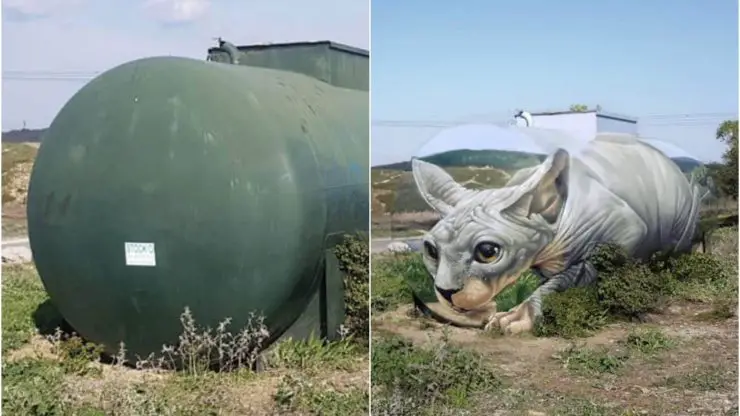This is awesome!
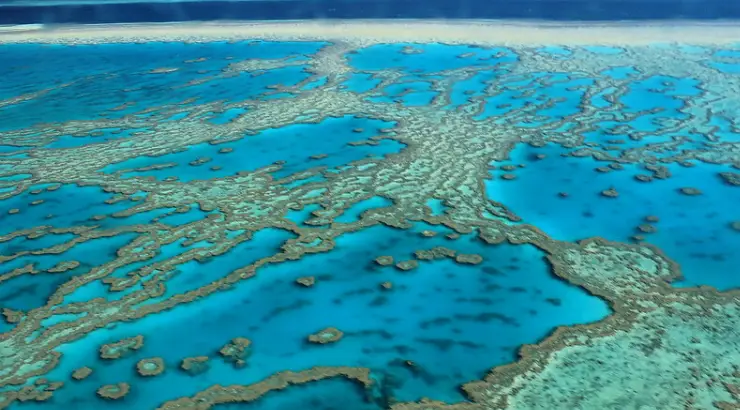
Image credit: FarbenfroheWunderwelt, Flickr
(TMU) — As Australia’s tourism has come to a crashing halt following the back-to-back tragedies of an unprecedented bushfire season and the coronavirus pandemic, tourism companies are volunteering their time, labor and resources to give back to the ocean environment.
Family-owned diving tour company Passions of Paradise is one such company hoping to nurture and heal the coastal environment by planting coral on the Great Barrier Reef off Australia’s coast, which has been reeling in recent years due to the devastating impact of human activities.
Passions of Paradise CEO Scott Garden told Karryon that the eco-tourism company has donated an advanced multi-hulled catamaran, the Passions III, as well as fuel and volunteers to the Coral Nurture Program, which was initiated by the tourism industry and scientific community of Australia to bring life back to the Great Barrier Reef.
Garden explained:
“We have been assisting Dr. David Suggett’s team from the University of Technology Sydney who is conducting reef resilience research at one of our 26 reef sites.
“I have been working with Passions of Paradise Environmental Sustainability Coordinator Russell Hosp at the site most weeks recording data for the project and establishing a coral nursery.”

https://www.instagram.com/passionsofparadise/
The expansive Great Barrier Reef comprises about 2,900 reefs and 900 islands. It is home to an incredible array of fish, shrimp, and various other reef denizens.
In recent years, dead coral reefs have become one of the major horrors resulting from the impact of human economic activities, with thousands of miles of coral ecosystem across the globe being transformed into bleached-out graveyards due to the devastating impact of fast-heating ocean temperatures, rising sea levels, pollution, marine pests, and overfishing.
As a result, the Great Barrier Reef—the largest living structure on the entire planet—has rapidly died off, turning massive amounts of once-dazzling coral reef ecosystems teeming with healthy marine life into dead zones.
The bleaching and eventual death of the Great Barrier Reef would not only spell doom for ocean life, but would also be the final nail in the coffin of Australia’s lucrative eco-tourism industry whose essential “product” is the environment itself.
The danger of a further degradation of the reef ecosystem coincides with a drastic and prolonged pause in international and domestic travel to Far North Queensland, which largely relies on billions of dollars in tourism revenue to keep local restaurants, hotels, and businesses running.
For this reason, five tourism companies—Passions of Paradise, Wavelength, Ocean Freedom, Sailaway, and Quicksilver Cruises—have pledged to use the lull in tourism to help clean up corals and help eliminate harmful pests that pose a threat to reef ecosystems, such as the crown-of-thorns starfish which is responsible for a large amount of coral destruction in the Great Barrier Reef.

Project coordinator and PhD student Lorna Howlett explained:
“The Coral Nurture Program aims to give operators yet another stewardship activity they can do at their reef sites in addition to Crown-of-Thorns eradication and the Eye on Reef monitoring program.”
The program involves volunteers restoring coral that has been fragmented and re-attaching them to reefs using state-of-the-art technology, such as “coral clips.” Howlett continued:
“We can only use fragments of opportunity found at the site, so Passions of Paradise has installed six frames at the site which can be used as a nursery to grow more corals.
“Once they find a coral fragment they attach it to the nursery to grow and as it grows they can take fragments from it to attach to the reef giving them a continual source of new corals.
“The 12-month project finishes next month, however, the operators can continue to operate the nurseries and outplant the corals.”

This #EarthDay pledge to change something about ourselves on our travel journeys in order to leave less #carbonfootprint wherever we go. .
@exploreroutes recommends watching #OurPlanet by #Netflix during Quarantine period. .
Passions of Paradise CEO Garden said that 1,000 pieces of coral have been planted so far on Hastings Reef, one of the most popular reefs for travelers that lies about 30 nautical miles from Queensland’s bustling tourist city of Cairns.
Garden hopes that when the crisis subsides, visitors will be able to indulge in a restored and sustainable ocean environment. He said:
“When tours resume passengers will be able to snorkel over the site which boasts healthy marine life and corals near the nursery.”
By Elias Marat | Creative Commons | TheMindUnleashed.com
Passions of Paradise CEO Scott Garden told Karryon that the eco-tourism company has donated an advanced multi-hulled catamaran, the Passions III, as well as fuel and volunteers to the Coral Nurture Program, which was initiated by the tourism industry and scientific community of Australia to bring life back to the Great Barrier Reef.
Garden explained:
“We have been assisting Dr. David Suggett’s team from the University of Technology Sydney who is conducting reef resilience research at one of our 26 reef sites.
“I have been working with Passions of Paradise Environmental Sustainability Coordinator Russell Hosp at the site most weeks recording data for the project and establishing a coral nursery.”

https://www.instagram.com/passionsofparadise/
The expansive Great Barrier Reef comprises about 2,900 reefs and 900 islands. It is home to an incredible array of fish, shrimp, and various other reef denizens.
In recent years, dead coral reefs have become one of the major horrors resulting from the impact of human economic activities, with thousands of miles of coral ecosystem across the globe being transformed into bleached-out graveyards due to the devastating impact of fast-heating ocean temperatures, rising sea levels, pollution, marine pests, and overfishing.
As a result, the Great Barrier Reef—the largest living structure on the entire planet—has rapidly died off, turning massive amounts of once-dazzling coral reef ecosystems teeming with healthy marine life into dead zones.
The bleaching and eventual death of the Great Barrier Reef would not only spell doom for ocean life, but would also be the final nail in the coffin of Australia’s lucrative eco-tourism industry whose essential “product” is the environment itself.
The danger of a further degradation of the reef ecosystem coincides with a drastic and prolonged pause in international and domestic travel to Far North Queensland, which largely relies on billions of dollars in tourism revenue to keep local restaurants, hotels, and businesses running.
For this reason, five tourism companies—Passions of Paradise, Wavelength, Ocean Freedom, Sailaway, and Quicksilver Cruises—have pledged to use the lull in tourism to help clean up corals and help eliminate harmful pests that pose a threat to reef ecosystems, such as the crown-of-thorns starfish which is responsible for a large amount of coral destruction in the Great Barrier Reef.

A nice example of a coral fragment planted 7 months ago and now self attached and growing well. This fragment was planted using Coralclip by Wavelength Reef Cruises at Opal Reef.
Project coordinator and PhD student Lorna Howlett explained:
“The Coral Nurture Program aims to give operators yet another stewardship activity they can do at their reef sites in addition to Crown-of-Thorns eradication and the Eye on Reef monitoring program.”
The program involves volunteers restoring coral that has been fragmented and re-attaching them to reefs using state-of-the-art technology, such as “coral clips.” Howlett continued:
“We can only use fragments of opportunity found at the site, so Passions of Paradise has installed six frames at the site which can be used as a nursery to grow more corals.
“Once they find a coral fragment they attach it to the nursery to grow and as it grows they can take fragments from it to attach to the reef giving them a continual source of new corals.
“The 12-month project finishes next month, however, the operators can continue to operate the nurseries and outplant the corals.”

Swipe to know Then and Now.
This #EarthDay pledge to change something about ourselves on our travel journeys in order to leave less #carbonfootprint wherever we go. .
@exploreroutes recommends watching #OurPlanet by #Netflix during Quarantine period. .
Passions of Paradise CEO Garden said that 1,000 pieces of coral have been planted so far on Hastings Reef, one of the most popular reefs for travelers that lies about 30 nautical miles from Queensland’s bustling tourist city of Cairns.
Garden hopes that when the crisis subsides, visitors will be able to indulge in a restored and sustainable ocean environment. He said:
“When tours resume passengers will be able to snorkel over the site which boasts healthy marine life and corals near the nursery.”
By Elias Marat | Creative Commons | TheMindUnleashed.com



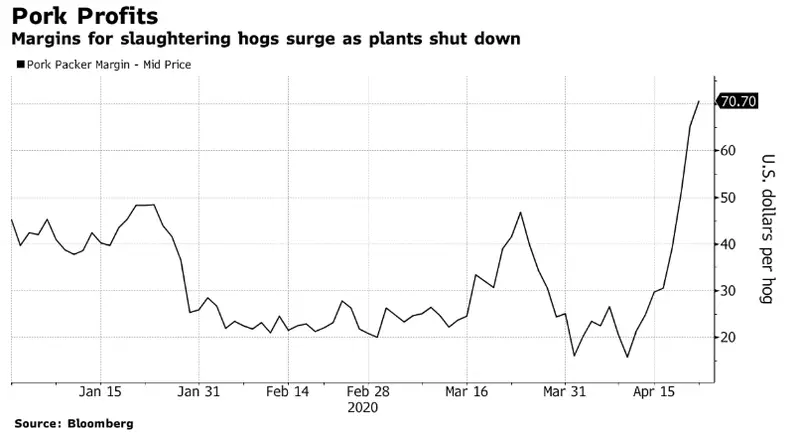
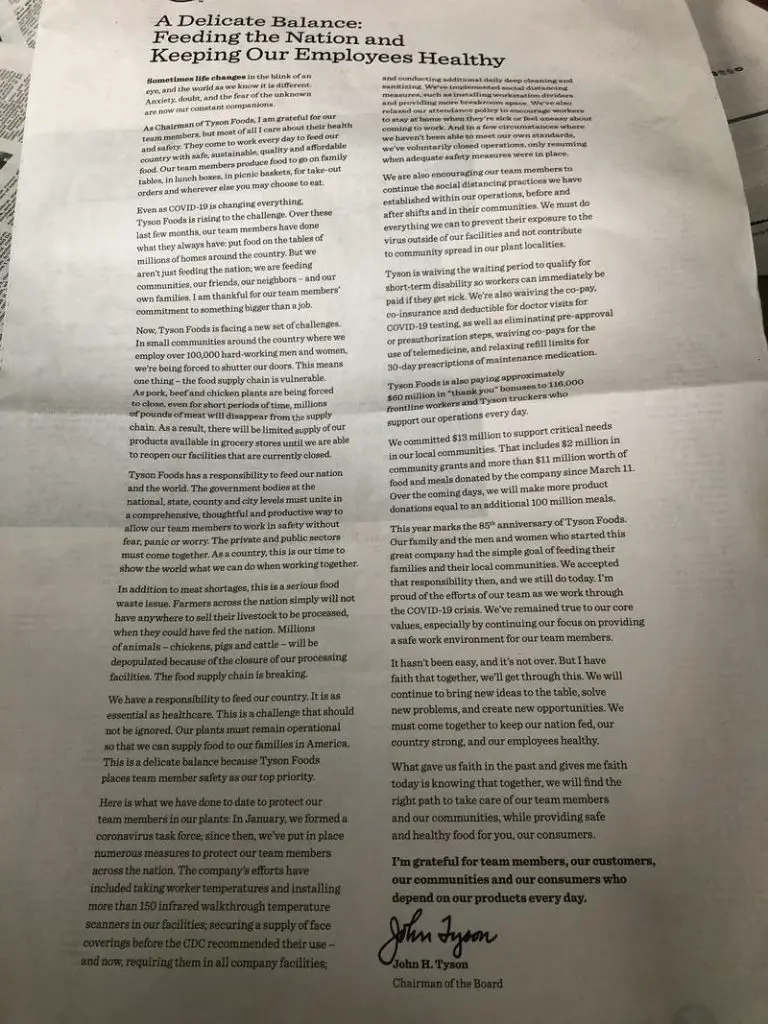
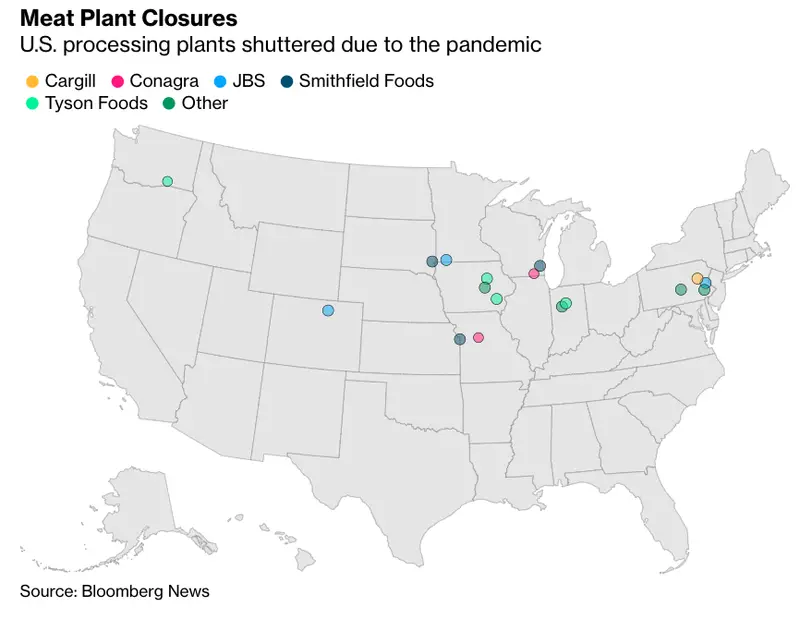



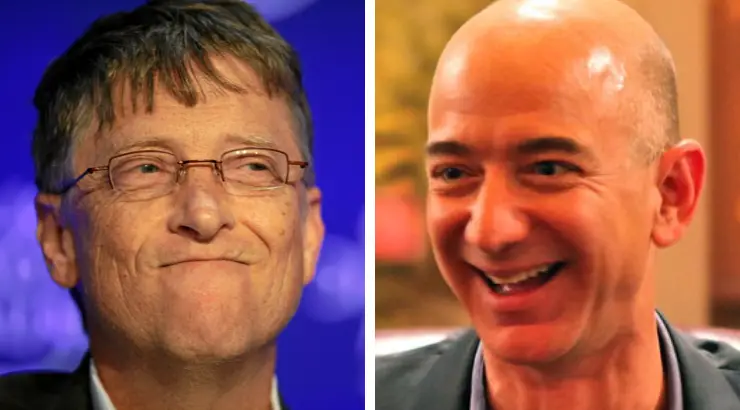





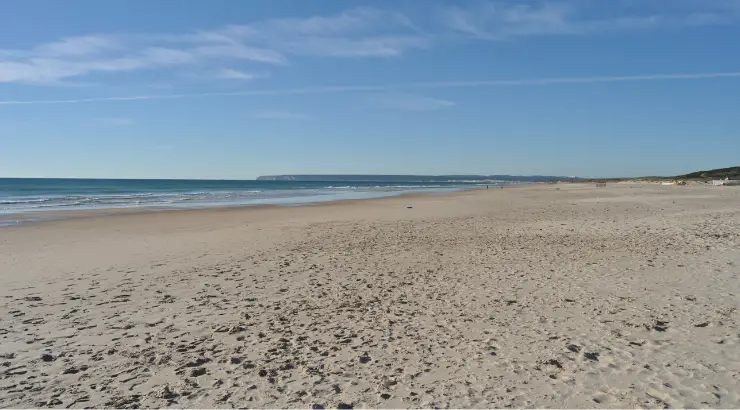






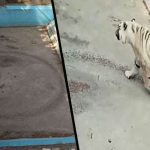


 Spanish Beach Sprayed With Bleach, Causing “Brutal Damage” to Local Animals
Spanish Beach Sprayed With Bleach, Causing “Brutal Damage” to Local Animals US Military Attacks Hit All-Time High in Somalia as Coronavirus Pandemic Continues
US Military Attacks Hit All-Time High in Somalia as Coronavirus Pandemic Continues